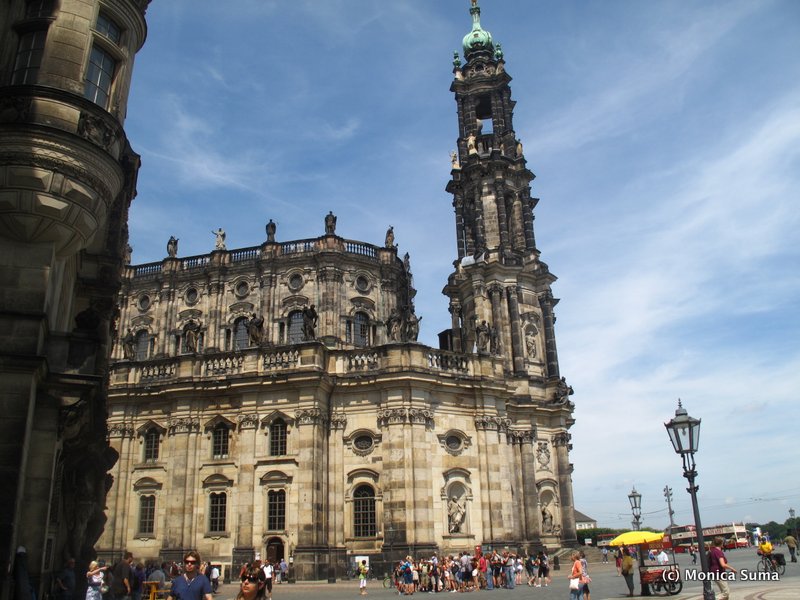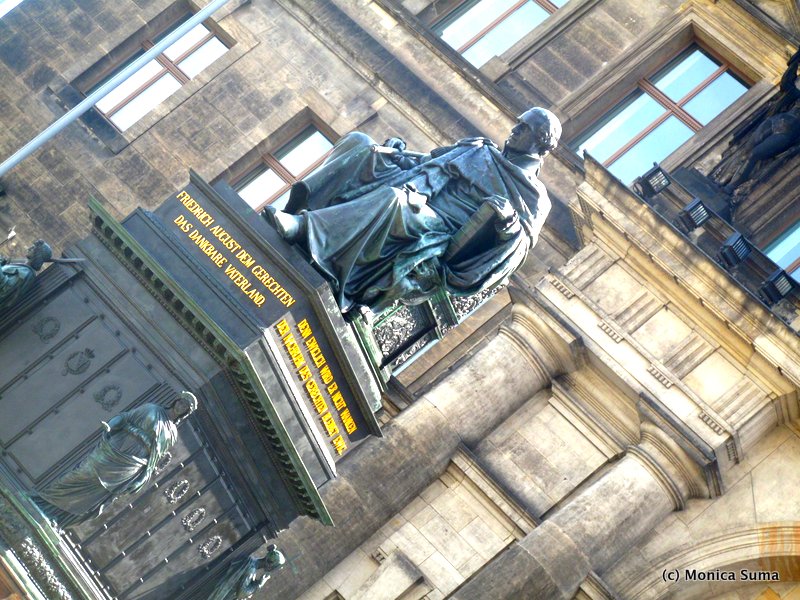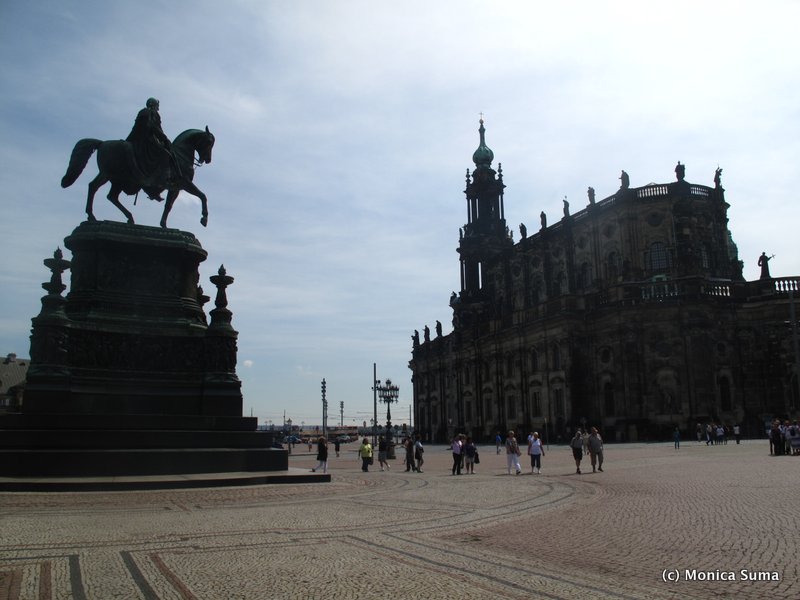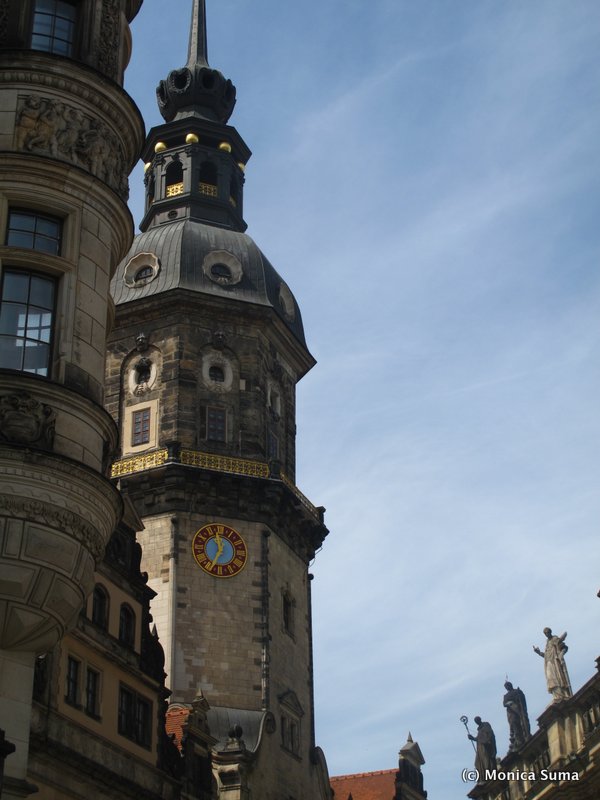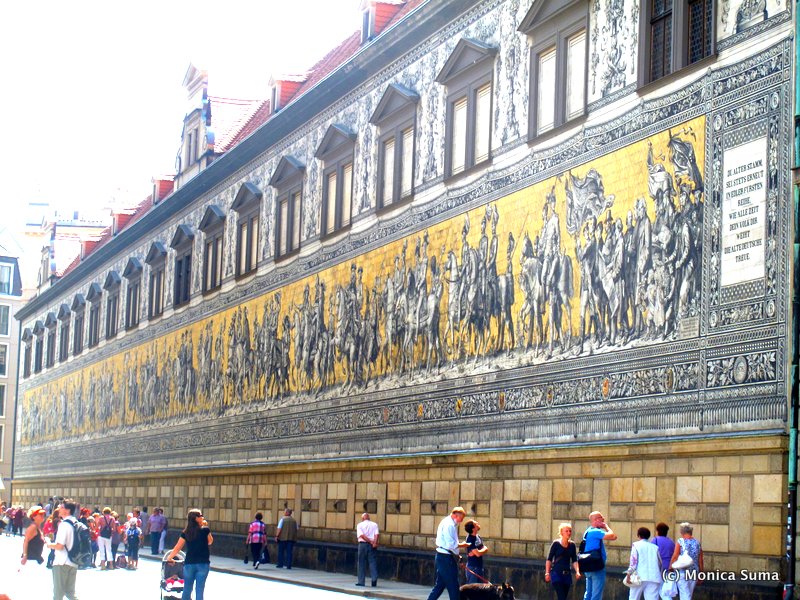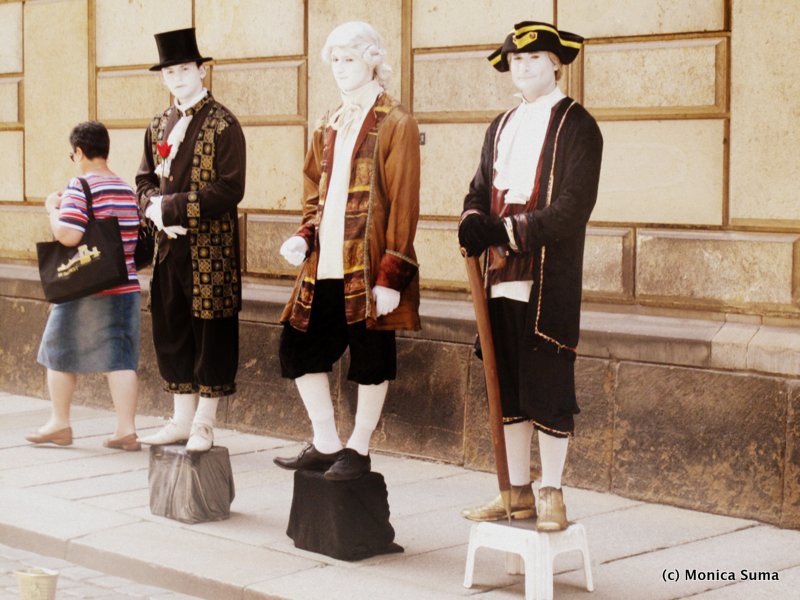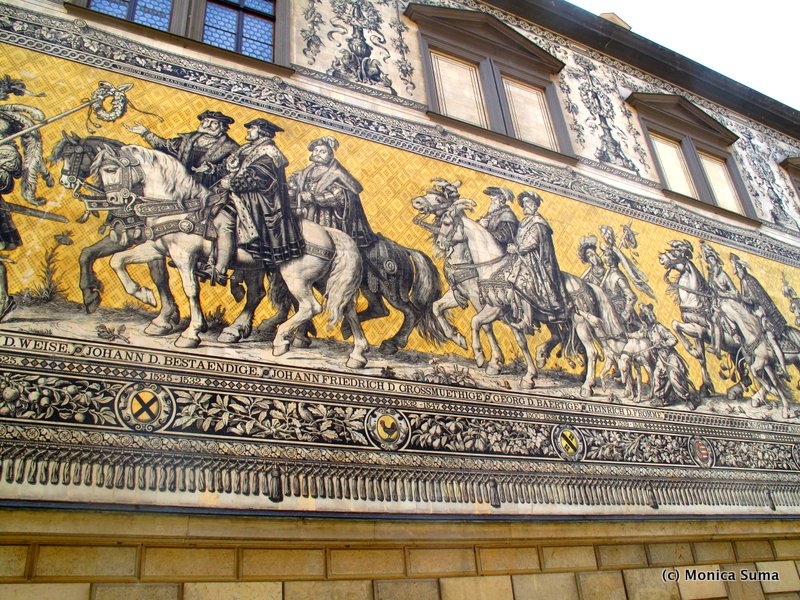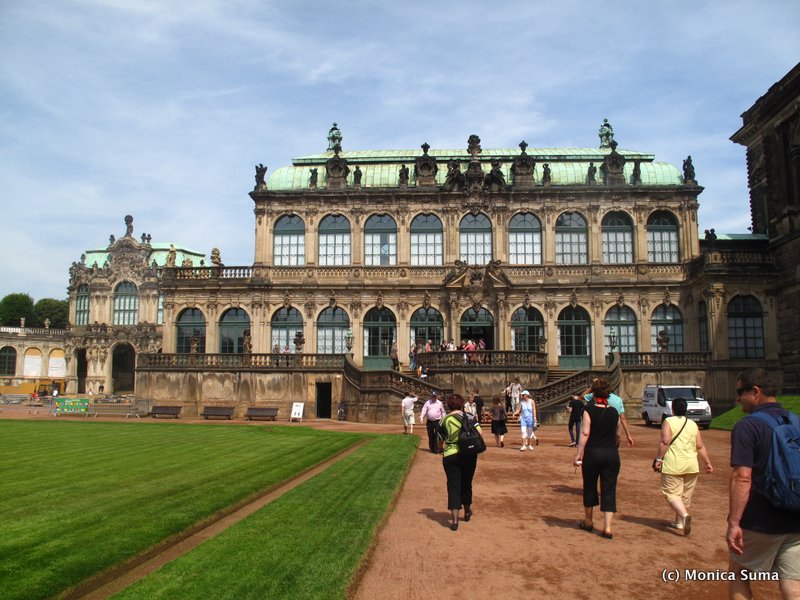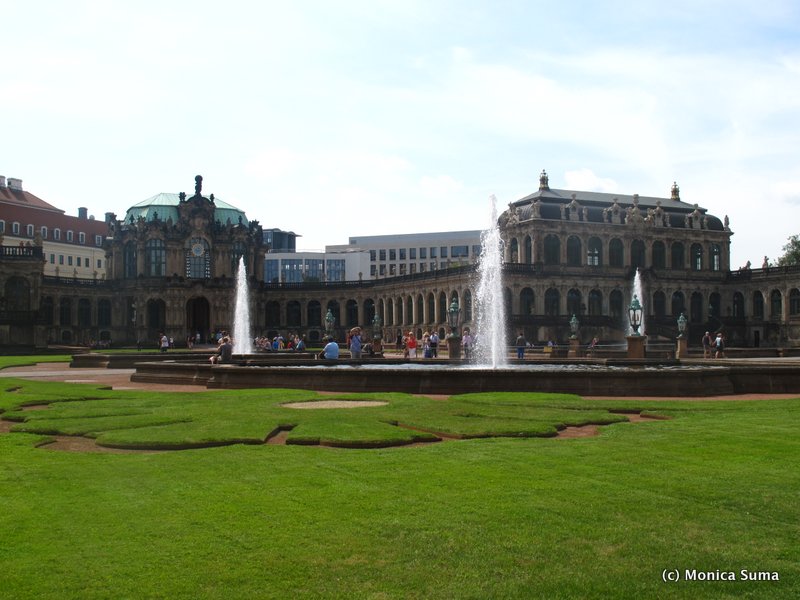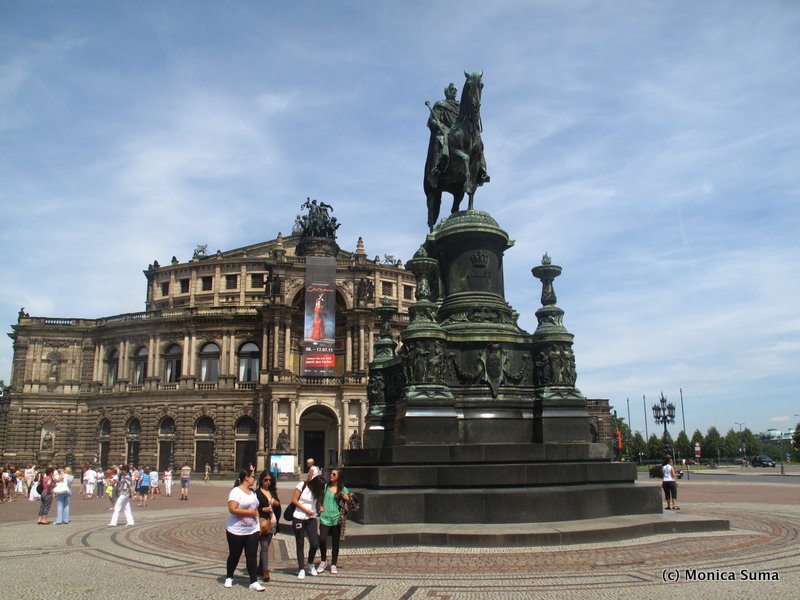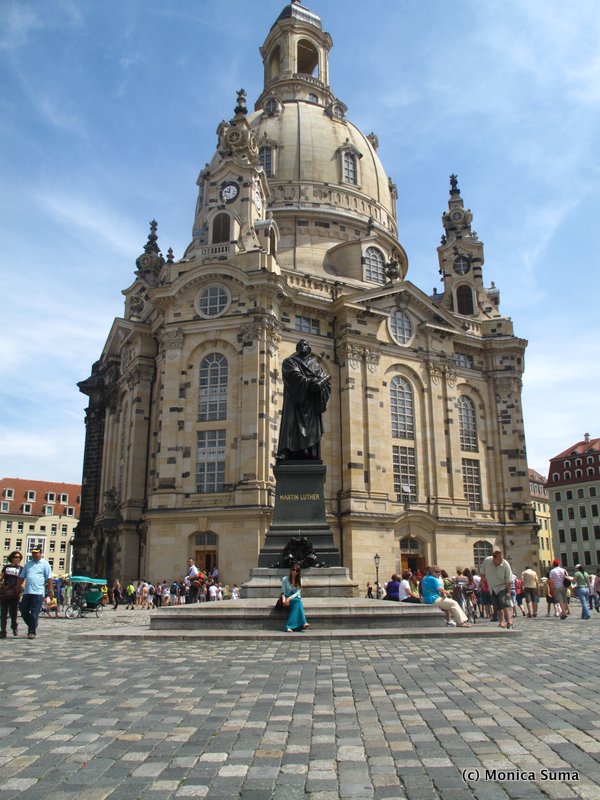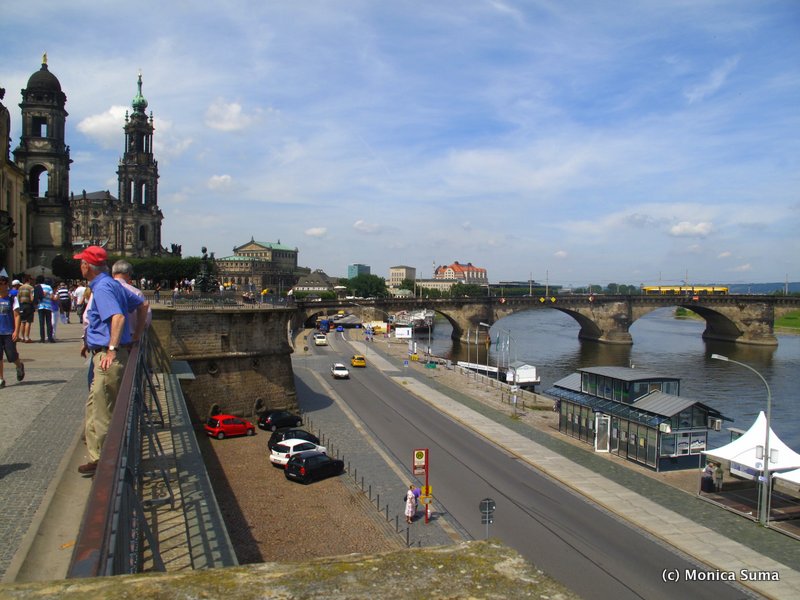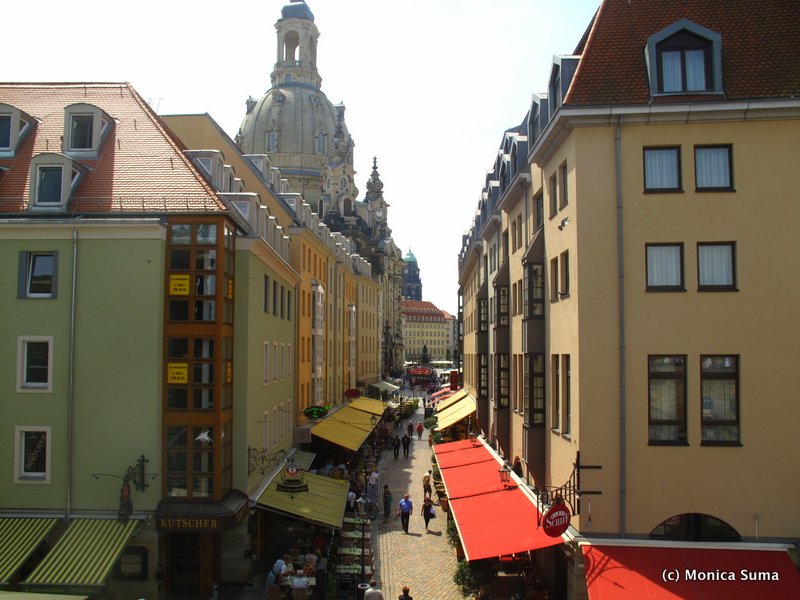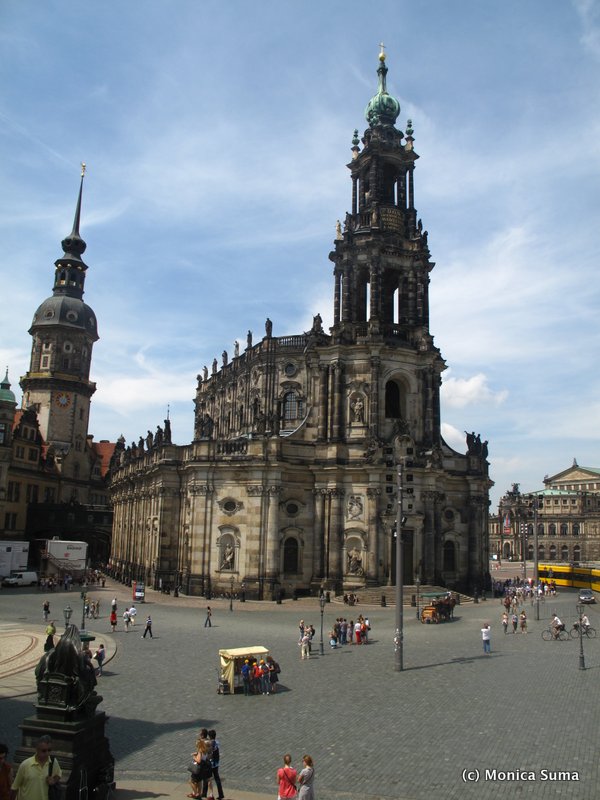I was merely a baby in December 1989, when the Romanian dictator was trialed, convicted and executed. Communism and its long gray years of oppression, as my parents had known it, were finally over. The crack of the regime was certainly fortified by the fall of the Berlin Wall, liberating East Germany of similar despotism.
Although East Germany still lacks the thrill and power of West Germany, after more than two decades, many surprises are to be had; the capital of Saxony, Dresden, is one of them. Located near the Czech border, Dresden is situated in a valley on the River Elbe. After the brutal bombings of 1945, which wiped out most of the city center, Dresden miraculously rose from the ashes and recovered some of its previous splendor. Dresden was completely rebuilt, as it was previously known, leaving tourists stunned at learning most of the architecture – apparently old – is in fact new.
Its baroque and rococo city center and its legendary art is what Dresden is known for. Perhaps Dresden’s most iconic landmark is the Parade of Nobles (Fürstenzug), a large mural of a mounted procession of the rulers of Saxony. It was originally painted between 1871 and 1876 to celebrate the 800th anniversary of the Wettin Dynasty; however, in order to make it weather proof, it was replaced with about 23,000 Meissen porcelain tiles between 1904 and 1907. With a length of 102 metres (335 ft), it is known as the largest porcelain artwork in the world. If time allows it, you could also take a trip to Meissen, a town 16 miles northwest of Dresden, celebrated for its world-famous porcelain.
Aside from the Fürstenzug, four monuments define Dresden; the most celebrated is the Zwinger, one of the most magnificent Baroque buildings in Germany. Its name derives from a term used in military architecture – a reference to the building’s former role as part of a fortress protecting the city. It now houses an impressive collection of paintings, including the Old Masters Picture Gallery. Its pavilions and galleries, along with its beautiful courtyard and garden intended for festivities, make for an intricate Baroque work of art. The stone figures, most of which are heavily blackened, come across as scary statues looking down on you. Perfectly aligned, they almost give the impression they will come to life. Across the street is the royal palace, containing the Historic Green Vault, one of a compound of museums of lavishly decorated rooms.
The Semper Theatre is Dresden’s opera house, located just outside Zwinger.
A few blocks away is Frauenkirche (Church of our Lady), the Protestant cathedral, recently rebuilt to stand tall over the city. The exterior of the building accounts for Dresden’s dreadful history, featuring new and fire-scorched stones, while the interior is spectacular due to its pastel colors meant to resemble street facades.
A former defensive barricade, Brühl’s Terrace, also nicknamed The Balcony of Europe, now serves as a promenade along the Elbe River to stroll and enjoy the city views. Down the stairs lies the Hofkirche, facing directly at the Royal Palace.
The summer and fall are the best seasons for strolling around the historical center or boating on the Elbe.

